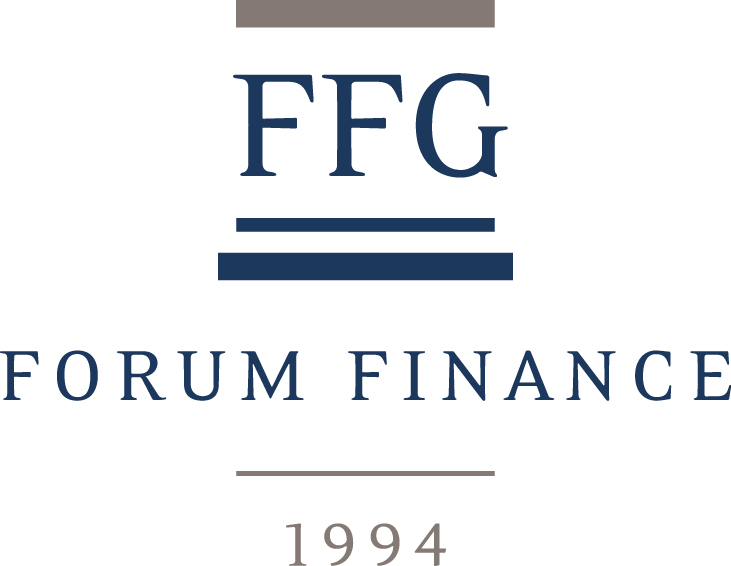Newsletter | April 2023
STRESS IN THE BANKING SECTOR PUSHED YIELD CURVES MUCH LOWER
4.35% THE EXPECTED END-YEAR LEVEL OF THE FED FUND RATE
Investment perspective
The month of March was most eventful for capital markets. Three US banks collapsed following a run on their deposits and the Swiss government forced through the takeover of the 167 year-old bank, Crédit Suisse, by its rival UBS. This banking turmoil triggered a fall of equity markets and a plunge of bond yields. Markets also quickly repriced their expectations relative to the Federal Reserve’s hiking cycle, with rate cuts being anticipated for the second-half of 2023, once again. US federal authorities intervened quickly to protect both insured and uninsured deposits at Silicon Valley Bank and Signature Bank to restore calm in the markets. The merger of CS and UBS also contributed to remove some market stress even if Deutsche Bank found itself under heavy selling pressure for a brief period. The second half of March saw global equity markets rebound strongly and end the month with modest positive returns. The best performing asset in March was gold which benefited significantly from lower real bond yields and a weaker US dollar to appreciate by 7.8%.
A high level of volatility has been observed in bond markets for some time now, as a result of the fast pace of monetary tightening since early 2022. The moves that took place in March, however, proved to be even more extreme. The yields of 2-year and 10-year Treasuries collapsed from early-March levels of 5.06% and 4.08% to closing lows of 3.77% and 3.38%, respectively, a most significant shift of the US yield curve. By the end of March, expectations for the end-year level of the Fed’s fund rate had also dived to 4.35%, compared to an early-March level of 5.55%. In the Eurozone bond markets, comparable trends as in the US were observed, even if to a lesser degree; markets are now pricing in a end-year ECB policy rate of 3.4%, in contrast to 4% at the beginning of March.
Investment strategy
Our defensive portfolio asset allocation was maintained through March. We were close to being able to increase our fixed income allocation as bond yields kept on rising, but their sudden drop has prevented us from making this move so far. We had also got very near to our first target on the EUR/USD parity, with the objective of decreasing our dollar exposure. Then again, the unexpected banking turmoil trig-gered a reversal of the prevailing trend, taking away the opportunity to sell the US currency. We admit being some-what puzzled by the ongoing confidence of equity markets in view of the signals sent out by the bond markets. Were the Fed to cut rates this year, as currently priced in by markets, it would be due to a deeper slowdown of the economy, not the best framework for equities. That is one of the reasons why we have kept our underweight allocation towards equities.
The past month was a mixed bag for alternative strategies, but we continue to view them as an integral part of the port-folios. This is also the case for gold which has continued to provide real diversification and to behave more like a long duration asset, bringing defensive qualities to portfolios.
THE OPTIMISM OF EQUITY MARKETS IS IN STARK CONTRAST TO WHAT IS EXPRESSED BY BOND MARKETS
Portfolio Activity/ News
March was a modestly negative month for the portfolios as equity, fixed income and alternative asset classes all posted negative returns. US and European value funds were the largest detractors in the equity allocation, whereas the global technology fund produced a strong contribution as growth stocks outperformed. Our underweight duration exposure and our preference for credit strategies meant that most bond funds ended with limited monthly changes, except for the emerging market corporate debt fund which experienced a larger drawdown. The brutal reversal of bond markets also proved costly for trend-following strategies, in reason of their very short positioning on rates. In contrast, the discretionary global macro strategy performed very well. For non-USD denominated portfolios, the depreciation of the dollar also translated into a negative contribution for the portfolios.
In March two new funds were added to the model portfolios. The first one is a US value fund which replaced our previous US value one. The reasons for this change were an under-whelming performance of the prior fund recently, as well as an overweight exposure to the energy sector within the new fund. We also trimmed our discretionary Global Macro and trend-following CTA strategies to make room for a systematic Global Macro strategy based on fundamental and price-based indicators. The fund combines carry, fundamental, trend-following and value/reversion strategies, and displays a remarkable track-record over an extended number of years.
Download the Newsletter
